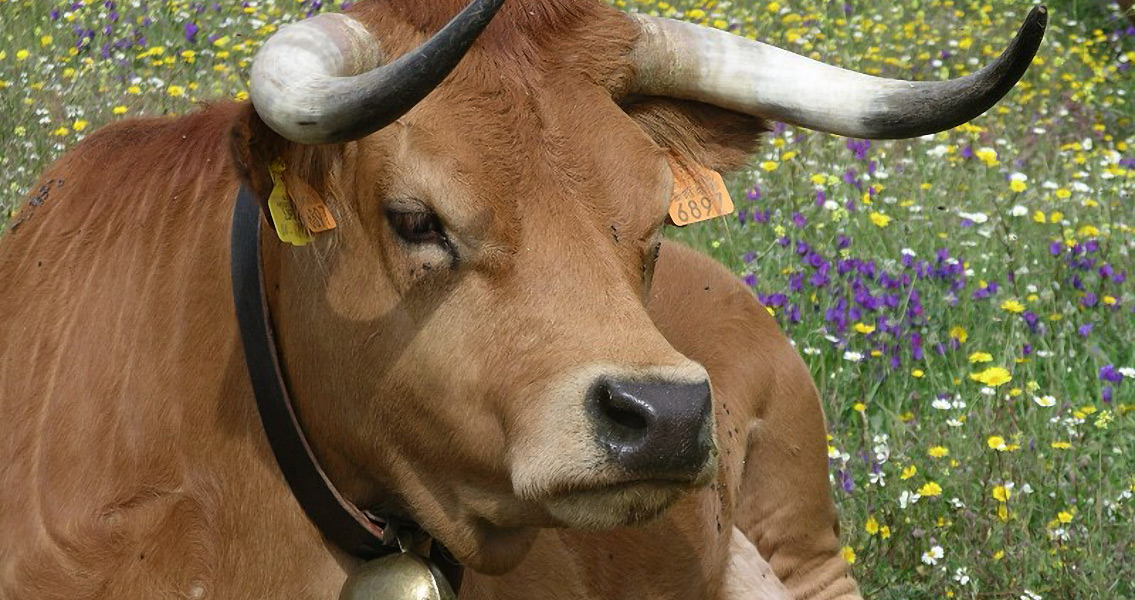<![CDATA[Humans have been utilising milk and dairy products in the northern Mediterranean region for over 9,000 years, according to a new study published in the Proceedings of the National Academy of Sciences. The results suggest that dairying was present in the region right from the onset of agriculture. By analysing Neolithic pottery, the multidisciplinary team found widespread proof of prehistoric milk production. Two main sources of evidence were used by the researchers behind the study. More than 500 pottery vessels were rigorously tested for evidence of milk and carcass fats. In addition, the remains of domesticated animals were excavated from 82 different sites in southern Europe dating from the fifth to seventh millennia BCE. The animals were analysed for their age at time of death. A correlation quickly emerged; the slaughter profiles of the animals matching the fats detected in the pots. The team’s findings show different intensities of dairying and non-dairying activities throughout the northern Mediterranean. Cynthianne Spiteri, University of York; Mélanie Roffet-Salque, University of Bristol; and Roz Gillis, Centre National de la Recherche Scientifique; undertook the pioneering research as part of their PhDs. Spiteri said in a press release: “At the onset of food production in the northern Mediterranean region, milk was an important resource to these early farming communities. “It is likely to have played an important role in providing a nourishing and storable food product which was able to sustain early farmers, and consequently, the spread of farming in the western Mediterranean.” Just how important milk and dairy production were in the northern Mediterranean has long been a contentious source of fascination among historians and archaeologists. Previous research had suggested that the desire for milk may have been the driving force behind the domestication of animals such as cows, goats and sheep. Significantly, the study is the first to combine both an analysis of fat residue from cooking vessels with a record of the domesticated animals that actually lived in an area, allowing far more detailed insights into prehistoric agricultural and dairying habits than was available previously. “In this work, we integrate for the first time the findings of the analyses of lipid fats extracted from hundreds of cooking pots with the reconstruction of the actual herds at tens of sites, based on the remains of sheep, goats and cattle.” explained Dr. Roffet Salque, from the School of Chemistry at the University of Bristol. “Our earlier work had demonstrated that milk use was highly regionalised in the Near East in the 7th millennium BC, and this new multidisciplinary study further emphasises the existence of diverse use of animal products in the northern Mediterranean Neolithic.” explained Professor Richard Evershed, also from the University of Bristol. Intriguingly, northern Greece appears to have been a notable exception when it came to the widespread practice of Neolithic dairying. “Dairying was clearly practiced both in the east and west of the region, but it is still surprisingly barely detectable in Northern Greece, where the lipids from pots and the animal bones tell the same story: meat production was the main activity not dairying.” The results are particularly astounding given that much of the modern population in the region are lactose intolerant – i.e unable to digest milk. “We presume this was also true back in the early Neolithic period, although this is still to be confirmed through genetic testing of ancient skeletons.” said Professor Oliver Craig from the University of York. “Despite this deficiency, our research shows that they certainly exploited milk because we have found organic remnants in the pots they were using.” It is a fact which raises fascinating questions as to how exactly these prehistoric farmers processed milk to enable their communities to consume it. “What is particularly intriguing is that lactose intolerance was clearly no barrier to milk use.” said Roffet-Salque. “The major question that still remains is how the milk was being processed to make it palatable to these early Neolithic farmers.”]]>
Dairying in the Mediterranean Dates Back Over 9,000 Years
